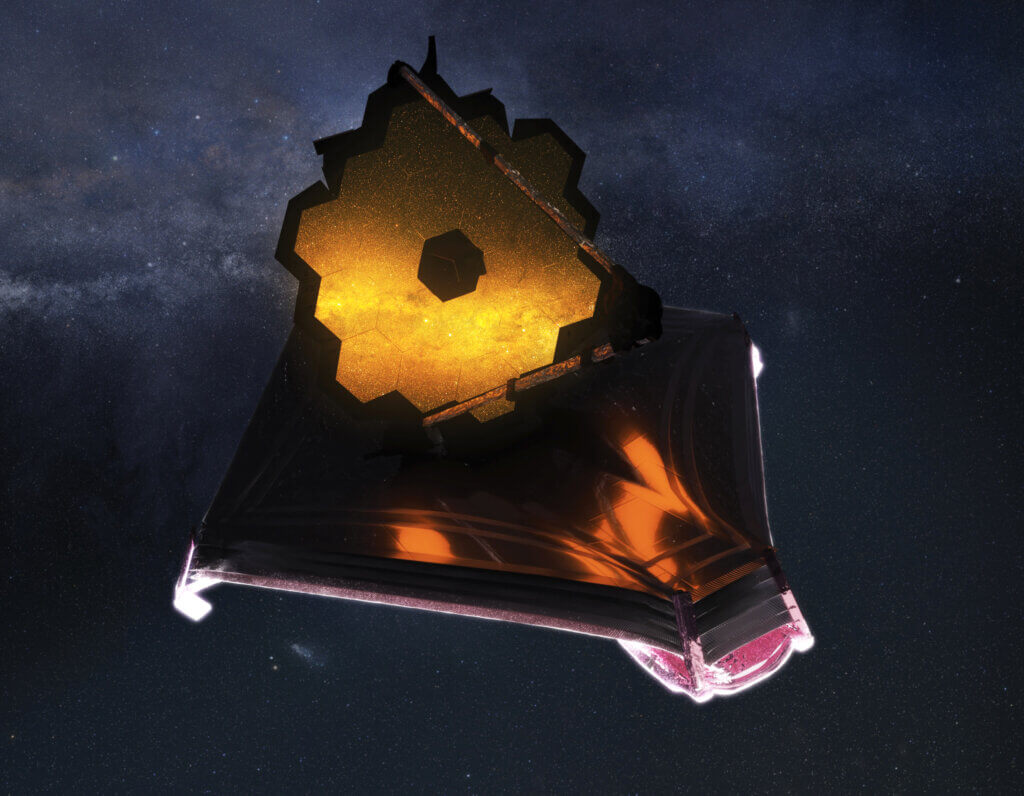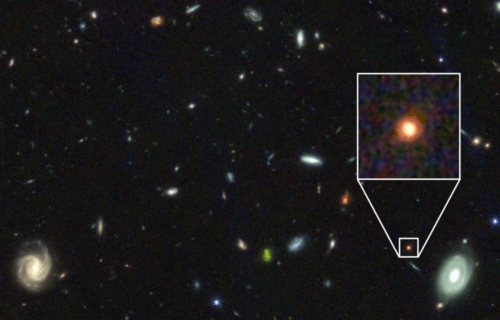EDINBURGH, Scotland — The James Webb Space Telescope is giving us our first look at a galaxy 12.5 billion light years away from Earth. The galaxy – known as GS-9209 – begin forming some 800 million years after the Big Bang, making it the earliest galaxy discovered to date, researchers say.
Astronomers from the University of Edinburgh used the world’s most powerful space telescope ever built to see GS-9209. JWST launched in December of 2021 and started sending back breathtaking images of space in early 2022. The telescope is now sending back the highest resolution photos of deep space phenomena ever seen by mankind.
Despite being around 10 times smaller than the Milky Way, GS-9209 has a similar number of stars, with a combined mass around 40 billion times that of our Sun. Scientists believe they formed rapidly before star formation in GS-9209 stopped.
GS-9209 is the earliest known example of a galaxy no longer forming stars – known as a quiescent galaxy – with no stars forming there for about half a billion years. The analysis also shows that GS-9209 contains a supermassive black hole at its center, five times larger than astronomers might anticipate in a galaxy with this number of stars. Researchers say this could explain why GS-9209 stopped forming new stars.

The growth of supermassive black holes releases huge amounts of high-energy radiation, which can heat up and push gas out of galaxies. This could have caused star formation in GS-9209 to stop, as stars form when clouds of dust and gas particles inside galaxies collapse under their own weight.
GS-9209 was first discovered in 2004 by Edinburgh PhD student Karina Caputi, who was supervised at the time by Professors Jim Dunlop and Ross McLure in the University’s School of Physics and Astronomy. Caputi is now a professor at the University of Groningen in the Netherlands.
“The James Webb Space Telescope has already demonstrated that galaxies were growing larger and earlier than we ever suspected during the first billion years of cosmic history,” says lead researcher Dr. Adam Carnall from the University of Edinburgh’s School of Physics and Astronomy in a media release.
“This work gives us our first really detailed look at the properties of these early galaxies, charting in detail the history of GS-9209, which managed to form as many stars as our own Milky Way in just 800 million years after the Big Bang.”
“The fact that we also see a very massive black hole in this galaxy was a big surprise, and lends a lot of weight to the idea that these black holes are what shut down star formation in early galaxies.”
The findings are published in the journal Nature.
You might also be interested in:
- James Webb telescope captures stunning image of hourglass-shaped newborn star
- JWST helps astronomers discover a tiny galaxy with big-time star power
- Best Of The Best Telescopes For Beginners In 2023: Top 5 Stargazers Most Recommended By Experts
South West News Service writer Sarah Ward contributed to this report. A previous version of this report noted that the galaxy was 25 billion light years from Earth. This figure has been corrected to 12.5 billion light years.

